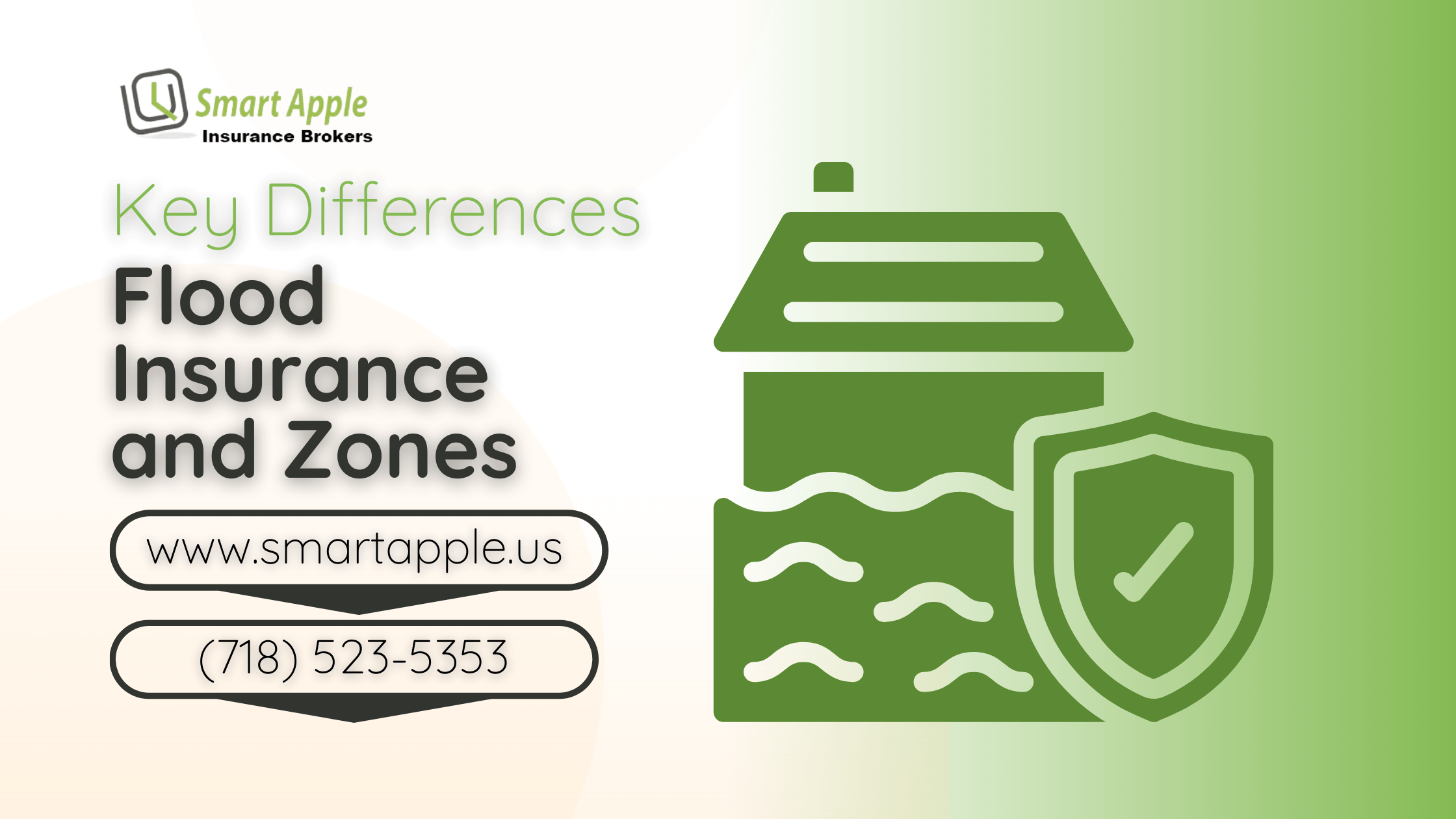Understanding Flood Alerts: A Comprehensive Guide To Flood Safety

Table of Contents
Types of Flood Alerts and Warnings
Understanding the nuances of flood alerts is the first step toward effective flood safety. Different alert levels signify varying degrees of flood risk, requiring different responses. There's a critical difference between a watch and a warning.
- Flood Watch: A flood watch means that conditions are favorable for flooding. This isn't a cause for immediate panic, but it's a crucial time to prepare. Monitor weather reports closely and review your flood safety plan.
- Flood Warning: A flood warning is a serious alert indicating that flooding is happening or is imminent. Immediate action is required. Evacuation may be necessary.
- Flood Advisory: A flood advisory signifies that minor flooding is possible. While the threat is less severe than a warning, it's still important to stay informed and be prepared for potential disruptions.
Flood alerts are typically issued by the National Weather Service (NWS), along with local and state emergency management agencies. You can receive these alerts through various channels, including:
- NOAA Weather Radio
- Wireless Emergency Alerts (WEA) on your mobile phone
- Local news broadcasts (television and radio)
- Official government websites and mobile apps
Understanding Your Risk
Knowing your personal flood risk is paramount. Factors like your location, elevation, and proximity to water bodies significantly influence your vulnerability. Several resources can help you assess your risk:
- FEMA Flood Maps: These maps show areas with varying flood risks, providing valuable insights into your property's vulnerability.
- Historical Flood Data: Research historical flood events in your area to understand the frequency and severity of past flooding.
- Proximity to Water: Living near rivers, streams, lakes, or in low-lying areas increases your flood risk.
By considering these factors, you can better understand your personal susceptibility to flooding and take appropriate preventive measures. Don't underestimate your risk; even areas considered low-risk can experience unexpected flooding.
Preparing for a Flood
Proactive preparation is key to mitigating flood damage and ensuring your safety. Developing a comprehensive flood safety plan should be a priority. This plan should encompass actions to take before, during, and after a flood.
Before a Flood:
- Develop an evacuation plan: Identify escape routes and designate a meeting place for your family.
- Create a go-bag: Pack essential supplies like water, non-perishable food, medications, important documents, and flashlights.
- Elevate valuable possessions: Move important items to higher floors or storage areas.
- Protect your home: Seal windows and doors with waterproof tape or plastic sheeting.
- Know your insurance coverage: Understand your flood insurance policy and ensure it adequately covers your property. Flood insurance is often not included in standard homeowner's insurance.
Investing in flood insurance is crucial, even if you live in a low-risk area. The cost of flood damage can be catastrophic, and insurance can provide vital financial protection.
Responding to a Flood Warning
A flood warning demands immediate action. Your safety is paramount.
- Evacuate immediately: If instructed to evacuate by authorities, do so without delay. Never underestimate the power of floodwaters.
- Never drive or walk through floodwaters: Floodwaters can be deceptively deep and swift, concealing dangerous debris and electrical hazards.
- Move to higher ground: Seek refuge in a designated shelter or a safe, elevated location.
- Turn off utilities: Shut off gas, electricity, and water to prevent further damage and hazards.
Stay informed by monitoring official updates from emergency services. Your life depends on it.
Post-Flood Recovery
After the floodwaters recede, significant challenges remain. Safety continues to be a major concern.
- Assess damage safely: Wait until authorities declare it safe to return to your property. Beware of downed power lines, unstable structures, and contaminated water.
- Contact your insurance company: Report the damage promptly and follow their procedures for filing a claim.
- Begin cleanup carefully: Use appropriate protective gear and be mindful of potential health hazards. Dispose of contaminated materials properly.
- Seek assistance: Organizations like FEMA and the Red Cross offer resources and support for flood victims.
Post-flood recovery can be a lengthy and arduous process. Seek help when needed and prioritize your safety and well-being.
Conclusion
Understanding flood alerts is crucial for safeguarding lives and property. This guide has outlined the different types of flood alerts, how to assess your personal risk, preparation strategies, responses to warnings, and post-flood recovery steps. By proactively engaging with flood safety measures and creating a personalized plan based on your local flood alerts and the information provided by local authorities, you can significantly reduce your vulnerability to the devastating effects of flooding. Don't wait for a flood to strike; take action today to protect yourself and your community. Learn more about flood alerts in your area and create your flood safety plan now.

Featured Posts
-
 L Influence D Elon Musk Sur La Montee De L Extreme Droite Europeenne Via X
May 26, 2025
L Influence D Elon Musk Sur La Montee De L Extreme Droite Europeenne Via X
May 26, 2025 -
 Naomi Kampel Eksotikes Diakopes Stis Maldives Me Tin Oikogeneia Tis
May 26, 2025
Naomi Kampel Eksotikes Diakopes Stis Maldives Me Tin Oikogeneia Tis
May 26, 2025 -
 What To Watch Today The Skinny Jab Revolution Black 47 And Roosters
May 26, 2025
What To Watch Today The Skinny Jab Revolution Black 47 And Roosters
May 26, 2025 -
 Pogacars Solo Ride Secures Second Tour Of Flanders Win Defeating Van Der Poel
May 26, 2025
Pogacars Solo Ride Secures Second Tour Of Flanders Win Defeating Van Der Poel
May 26, 2025 -
 Inside The Hells Angels A Look At Their History And Culture
May 26, 2025
Inside The Hells Angels A Look At Their History And Culture
May 26, 2025
Latest Posts
-
 Keseruan Ria Ricis And Moana 7 Foto Liburan Lebaran Di Bali And Sumba
May 28, 2025
Keseruan Ria Ricis And Moana 7 Foto Liburan Lebaran Di Bali And Sumba
May 28, 2025 -
 Ria Ricis Dan Moana 7 Aktivitas Seru Liburan Lebaran Di Bali Dan Sumba
May 28, 2025
Ria Ricis Dan Moana 7 Aktivitas Seru Liburan Lebaran Di Bali Dan Sumba
May 28, 2025 -
 7 Potret Kebahagiaan Ria Ricis Dan Moana Saat Lebaran Di Bali And Sumba
May 28, 2025
7 Potret Kebahagiaan Ria Ricis Dan Moana Saat Lebaran Di Bali And Sumba
May 28, 2025 -
 Liburan Lebaran Ria Ricis Dan Moana 7 Momen Seru Di Bali Dan Sumba
May 28, 2025
Liburan Lebaran Ria Ricis Dan Moana 7 Momen Seru Di Bali Dan Sumba
May 28, 2025 -
 7 Potret Keseruan Ria Ricis Dan Moana Liburan Lebaran Di Bali And Sumba
May 28, 2025
7 Potret Keseruan Ria Ricis Dan Moana Liburan Lebaran Di Bali And Sumba
May 28, 2025
